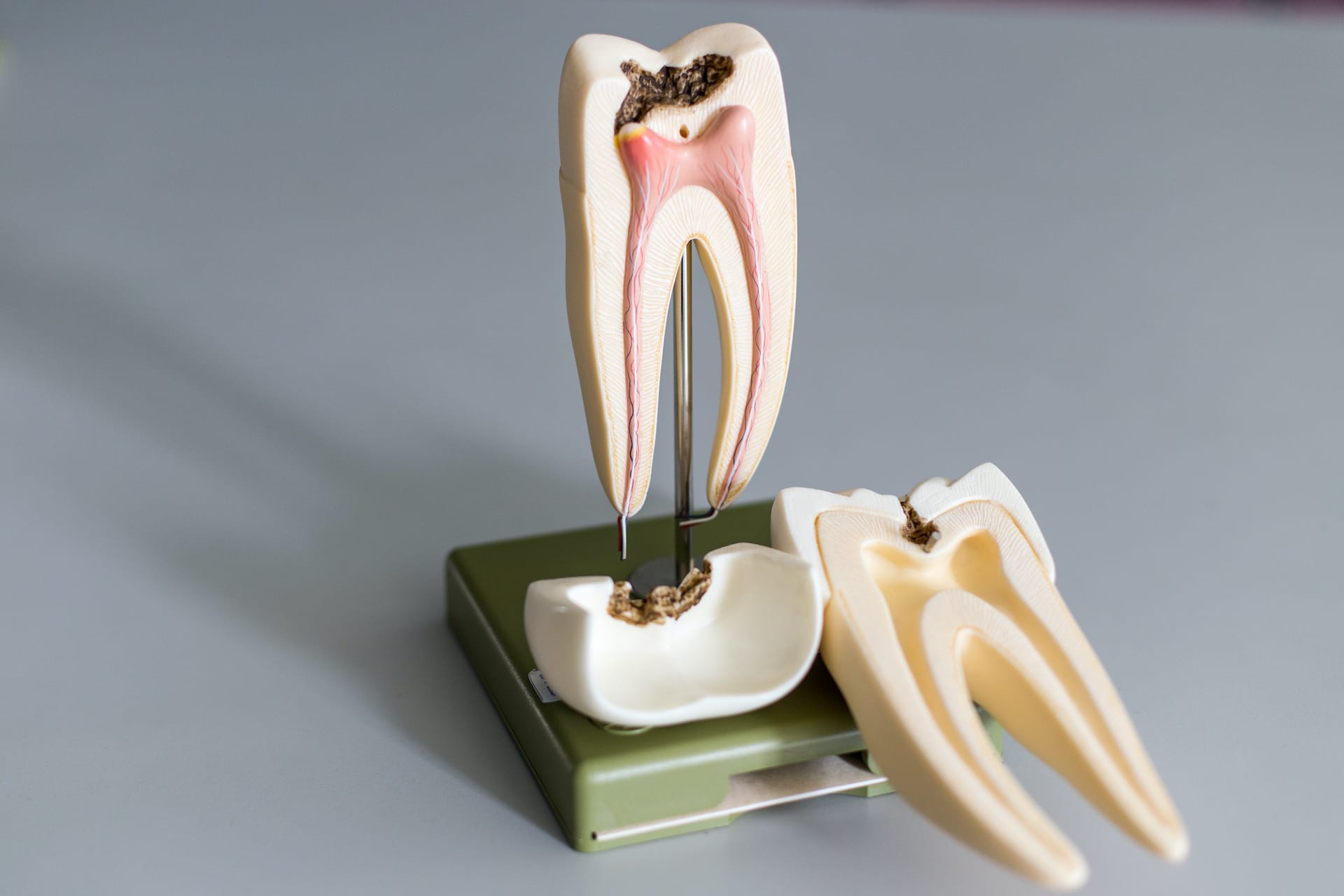Tooth Infection On Root Canal

When a tooth undergoes a root canal procedure, the goal is to remove infected pulp tissue from within the tooth, thereby preventing further infection and saving the tooth from extraction. However, even after a successful root canal, there’s a possibility of developing a tooth infection on the root canal. This can be due to various reasons, including incomplete removal of infected tissue, contamination during the procedure, or new infection entering the tooth through cracks or decay.
Understanding the root canal process is crucial to grasping how infections can occur post-procedure. A root canal involves the dentist or endodontist making an access hole in the tooth, then using files of increasing diameter to remove the infected pulp from the canals. After cleaning and shaping the canals, they are filled with a material called gutta-percha to prevent further infection. The tooth is then sealed, often with a filling or crown to protect it from fracture.
Despite the effectiveness of root canal treatment, infections can still develop. One common reason is the complexity of the root canal system itself. Teeth have intricate canal networks that can be challenging to clean completely, especially if the canals are curved, narrow, or if there are additional, unseen canals. If any infected tissue remains, it can lead to persistent or new infection.
Another factor could be contamination during the procedure. If the canal system is not properly isolated from the oral environment, bacteria can re-enter the tooth, leading to infection. This is why dentists and endodontists take great care to ensure the area is clean and isolated during treatment.
Re-infection can also occur if the tooth is not properly restored after the root canal. A delay in placing a crown or if the filling is not done properly, it can leave the tooth vulnerable to bacterial penetration. Similarly, if the crown or filling develops cracks or gaps over time, bacteria can seep in and cause infection.
Symptoms of a tooth infection on a root canal can vary but often include pain, especially when biting down, sensitivity to temperature changes, swelling or tenderness in the gums, or a bad taste in the mouth. In some cases, there may be no symptoms at all, making regular dental check-ups crucial for early detection.
Treatment for a tooth infection on a root canal typically involves a surgical or non-surgical approach. A non-surgical retreatment involves removing the existing filling material, re-cleaning and re-shaping the canals, and then re-filling them. This procedure can be complex and may require the expertise of an endodontist.
In cases where the infection is severe or cannot be resolved with non-surgical retreatment, a surgical procedure known as an apicoectomy may be necessary. This involves surgically removing the tip of the root where the infection is located, followed by sealing the end of the root canal to prevent further infection.
Prevention is key to avoiding tooth infections on root canals. Regular dental check-ups, maintaining good oral hygiene, and addressing any signs of infection or tooth decay promptly can help prevent complications. Additionally, ensuring that the root canal is done by an experienced dentist or endodontist, following post-procedure instructions carefully, and having a proper restoration placed in a timely manner can significantly reduce the risk of infection.
What are the common symptoms of a tooth infection after a root canal?
+Common symptoms include pain, especially when biting down, sensitivity to temperature changes, swelling or tenderness in the gums, or a bad taste in the mouth. However, some infections may be asymptomatic, emphasizing the importance of regular dental check-ups.
Can a tooth infection after a root canal be treated without surgery?
+Yes, many cases can be treated non-surgically through a root canal retreatment. This involves removing the existing filling material, re-cleaning the canals, and then re-filling them. The decision between a surgical or non-surgical approach depends on the severity and location of the infection.
How can I prevent a tooth infection after a root canal?
+Prevention involves good oral hygiene practices, regular dental check-ups, and ensuring that the root canal and subsequent restoration are done properly and in a timely manner. Addressing any signs of infection or decay promptly and following post-procedure instructions carefully can also significantly reduce the risk of infection.
In conclusion, while root canal treatments are highly effective, there is a potential for infection afterwards. Understanding the reasons behind such infections and recognizing the symptoms can lead to early detection and treatment. Regular dental care and adherence to preventive measures play a significant role in minimizing the risk of complications. Whether through non-surgical retreatment or surgical intervention, tooth infections on root canals can often be successfully treated, saving the tooth and restoring oral health.